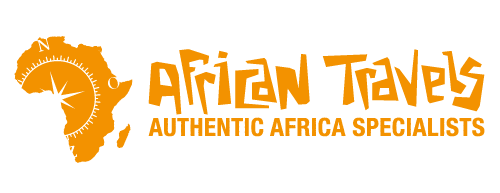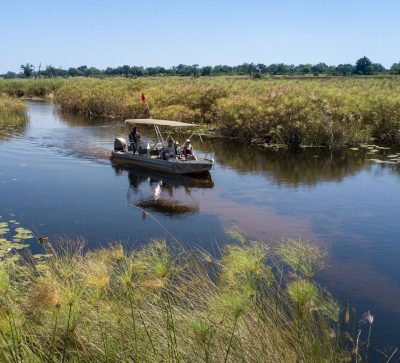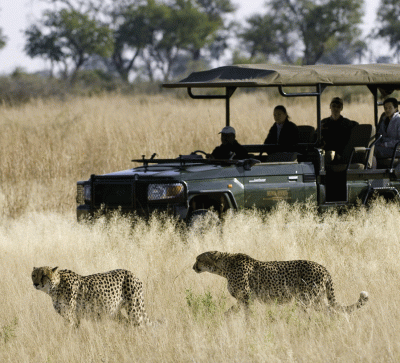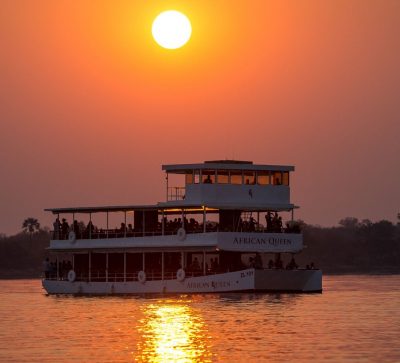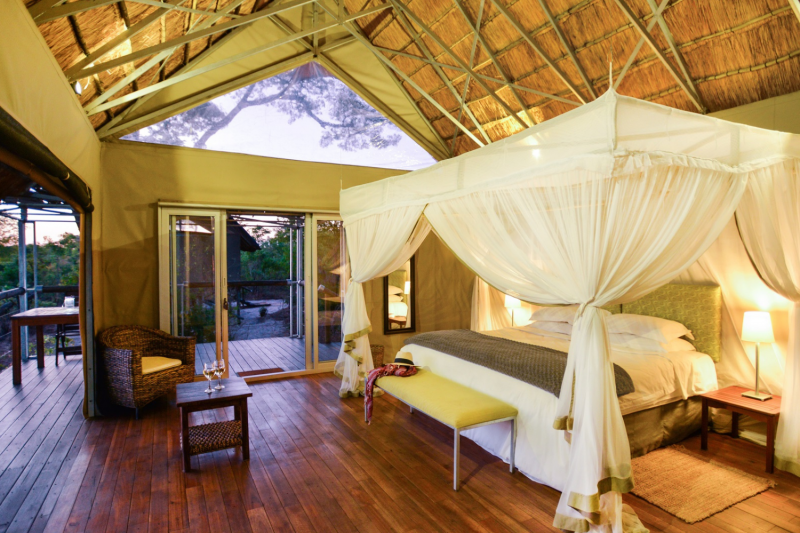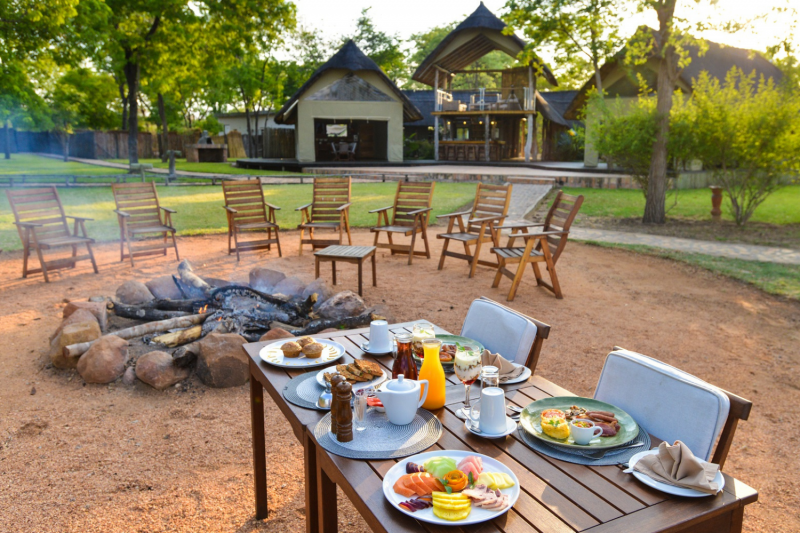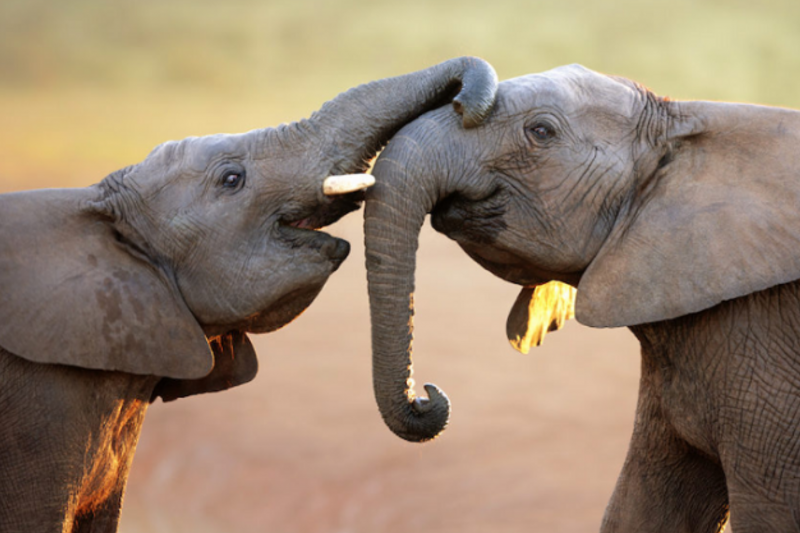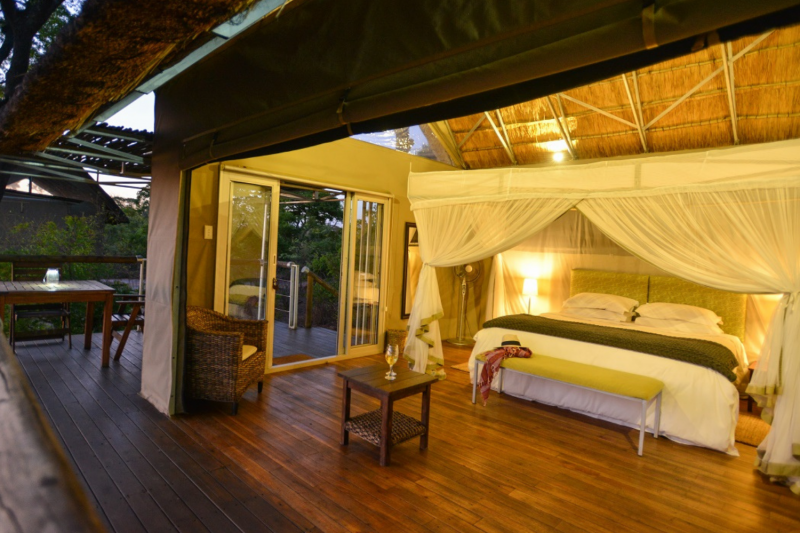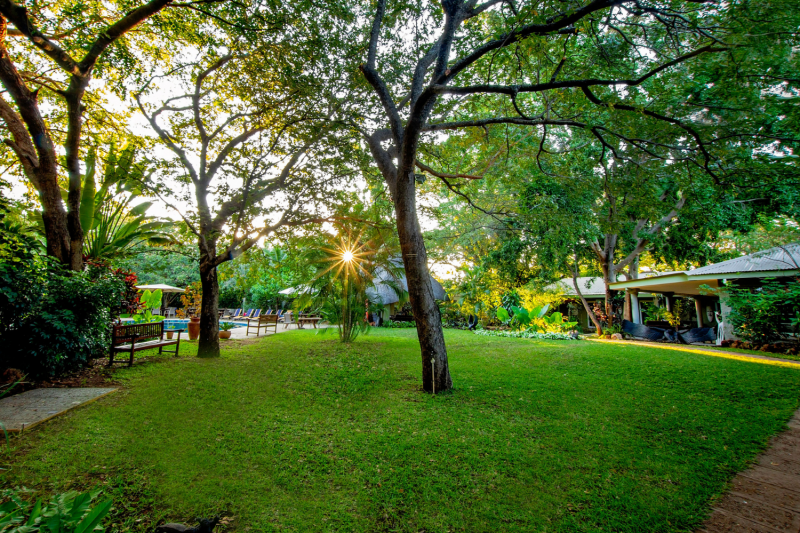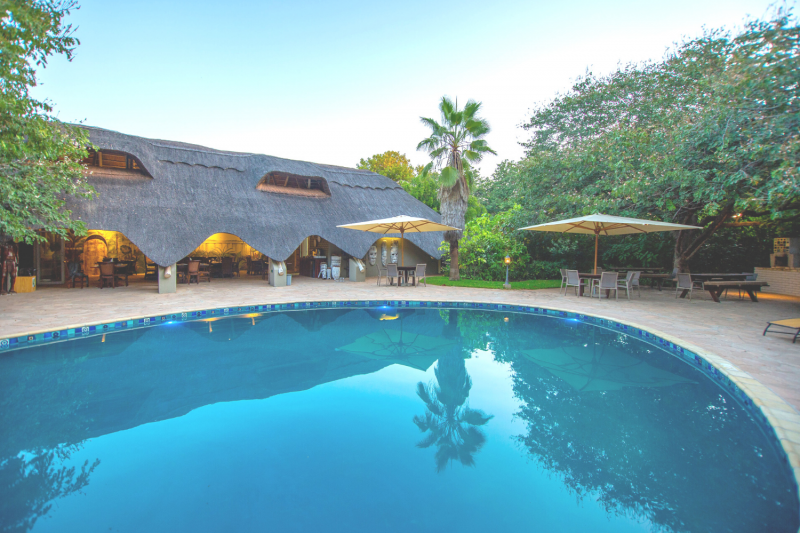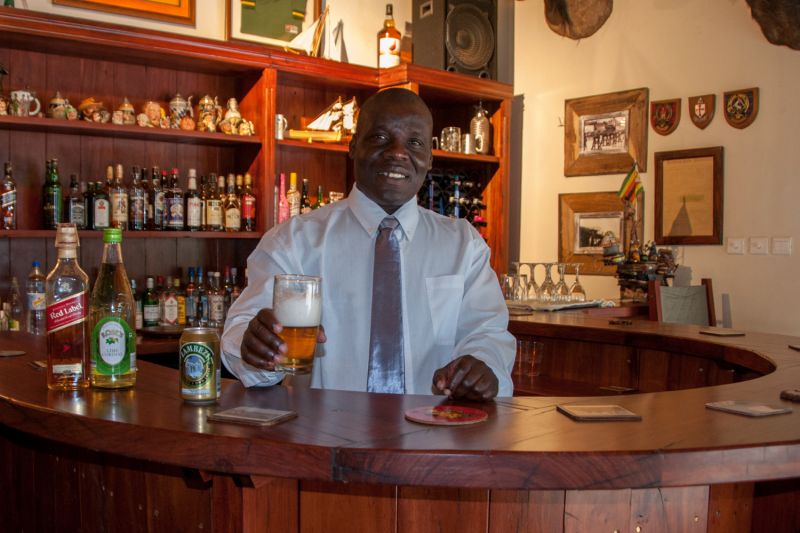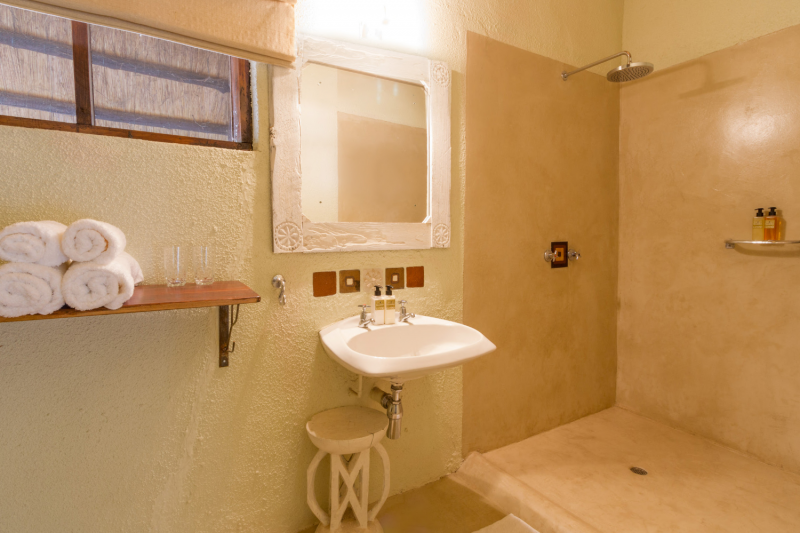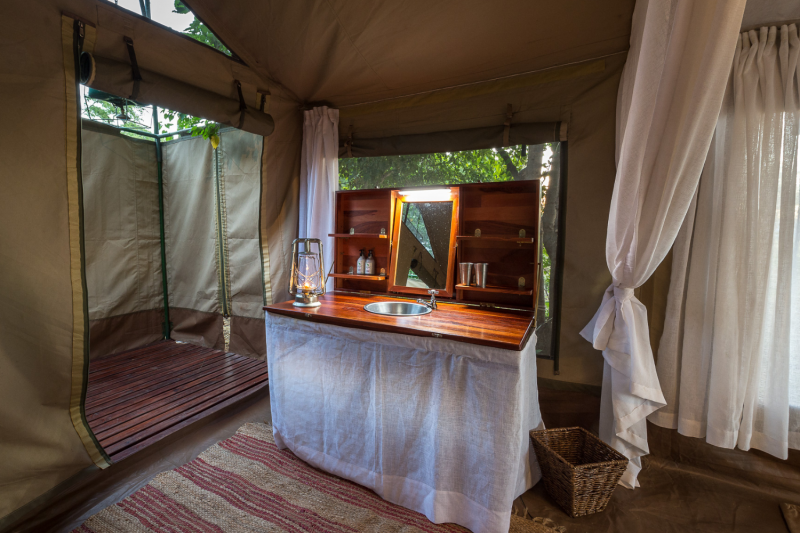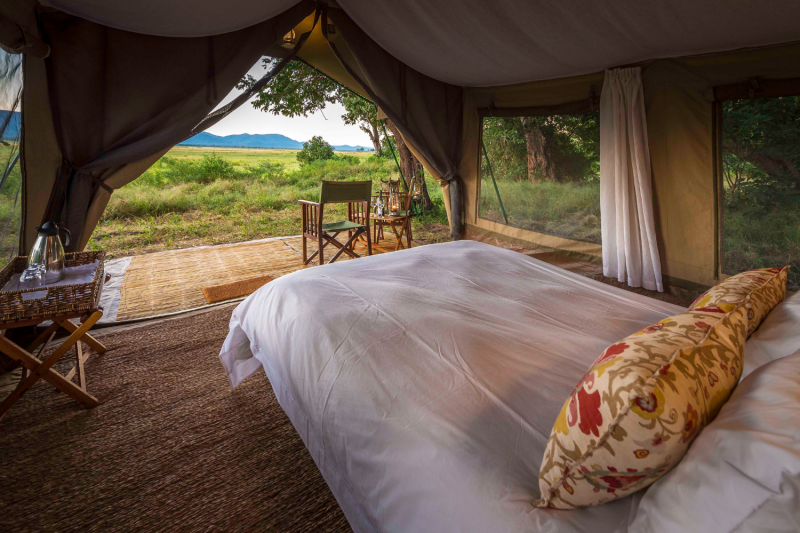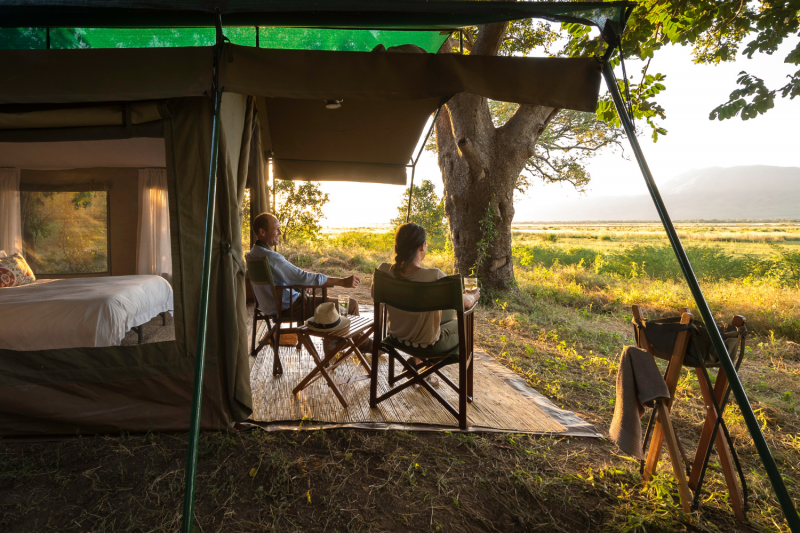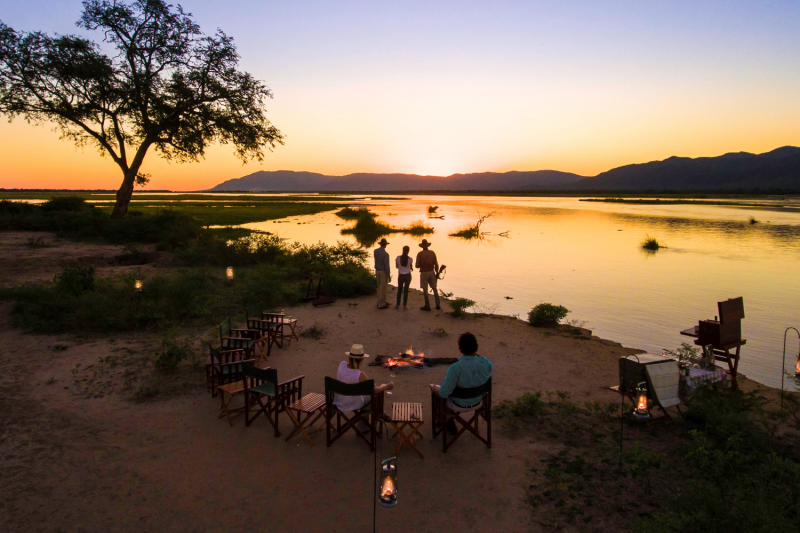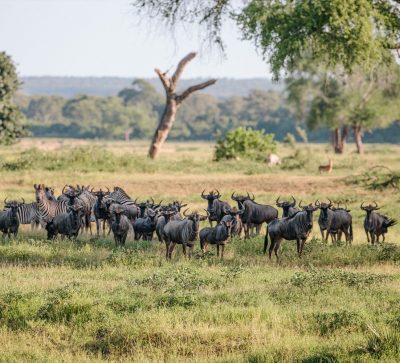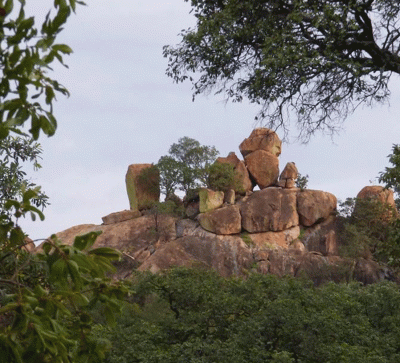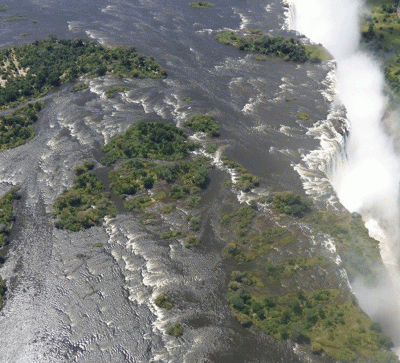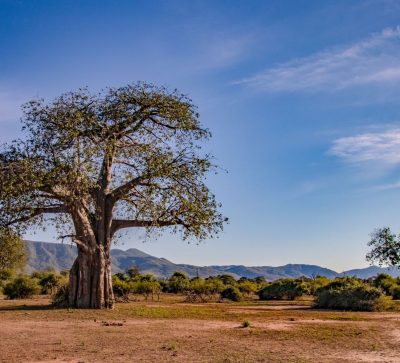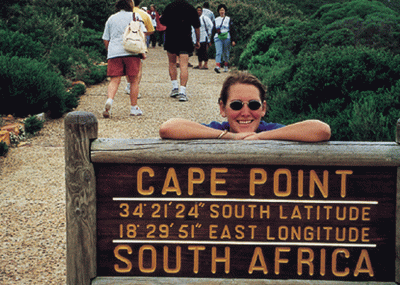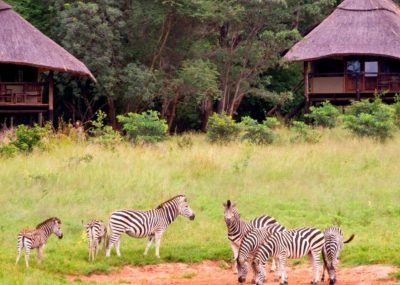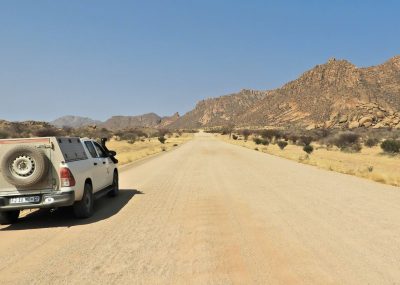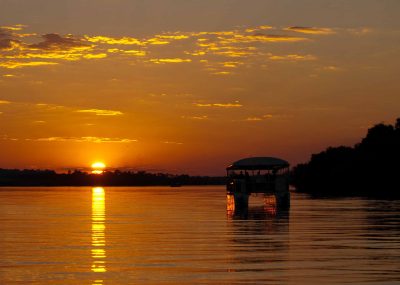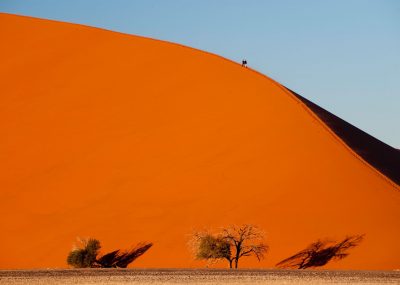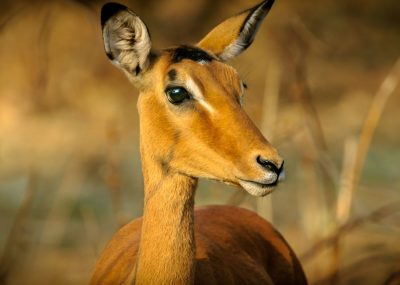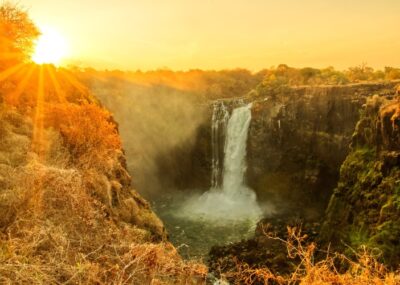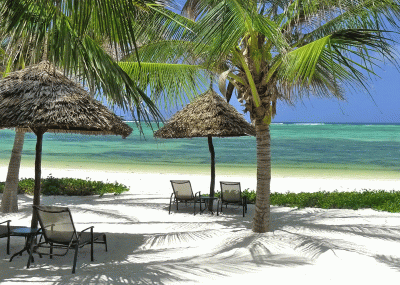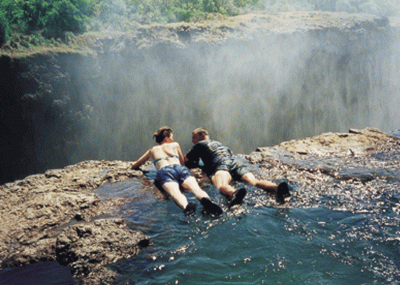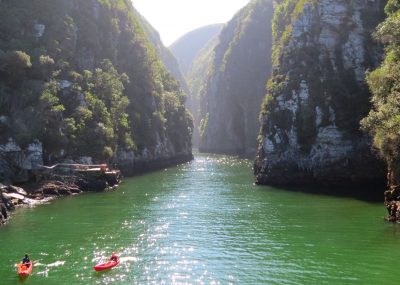Matusadona is a game reserve park in northern Zimbabwe. The park takes its name from the local Matuzviadonha Hills and is a stunning combination of flat plains and rugged mountain country. The meaning of “Matuzviadonha” is “falling dung” – which was probably a comment on the sight of elephants dropping dung balls as they struggled up the hills. The name is often abbreviated as “The Matus” in colloquial speech by locals.
Matusadona boasts a unique combination of pristine and rugged wilderness, together with the water frontage of Lake Kariba. It is one of the last remaining sanctuaries of the endangered Black Rhinoceros. It is commonly recognized as having the second largest concentration of wild lions in Africa after Ngorongoro Crater[citation needed]. Its relatively poor accessibility by road and extremely harsh internal network of roads keep the crowds and traffic low – it is accessible by boat from Kariba and from the Bumi Hills airstrip.
Matusadona National Park is one of several protected wildlife areas with shorelines on Lake Kariba. Some 338,000 acres (1370 km²) in area, it is bounded on the west by the Ume river and on the east by the Sanyati River. Two-thirds of it lies south of the Zambezi Escarpment formed by the 1968 foot (600 m) high Matusadona Hills from which it takes its name.
Many of the animals rescued during Operation Noah when Lake Kariba was filling (following the construction of Kariba Dam) were released into Matusadona, which now holds strong populations of most mammals occurring in the Zambezi Valley. Buffalo are especially prominent and herds of up to 1,000-strong often congregate along the shoreline in the dry season.

